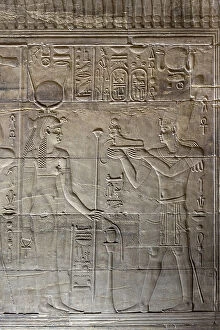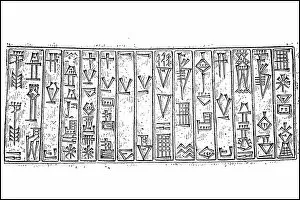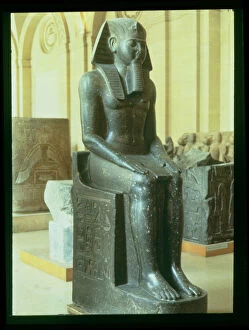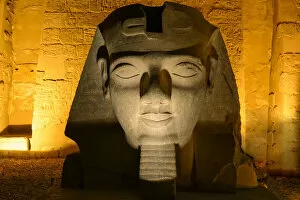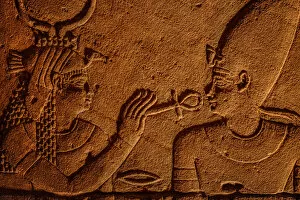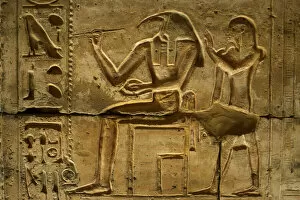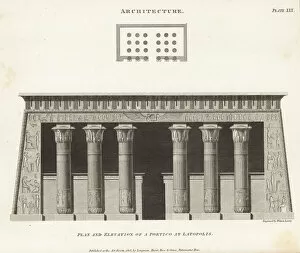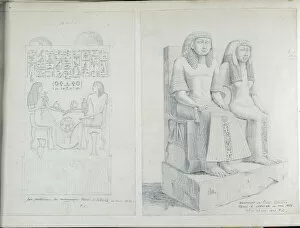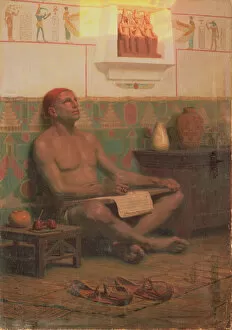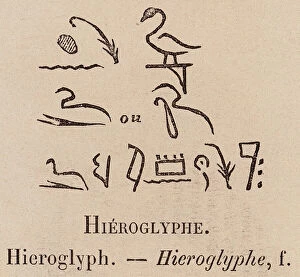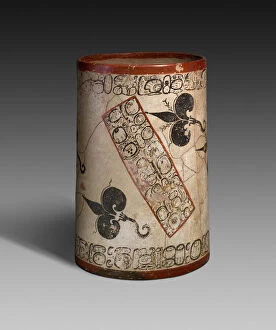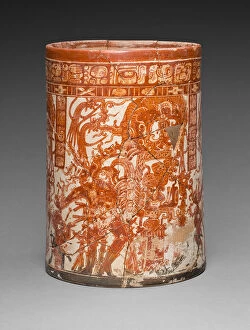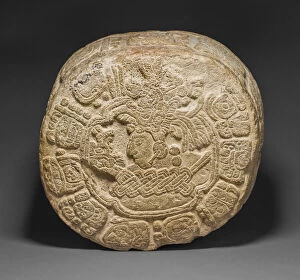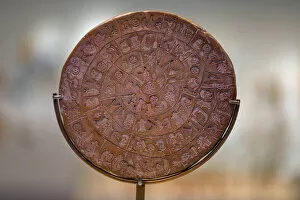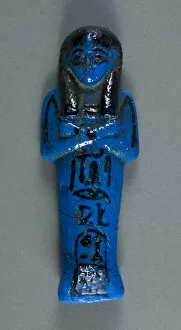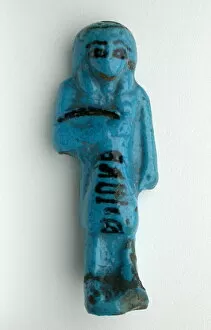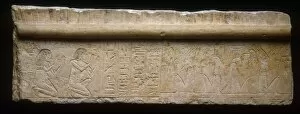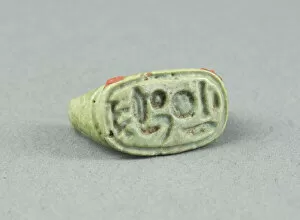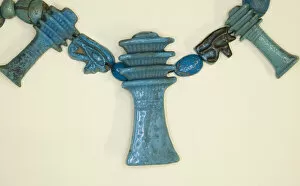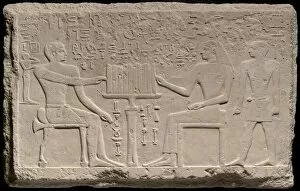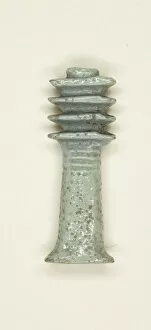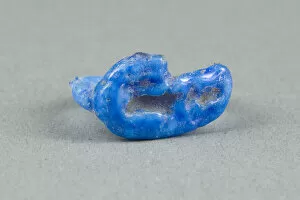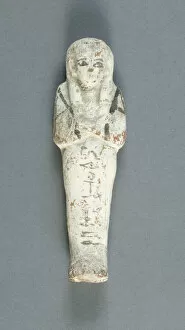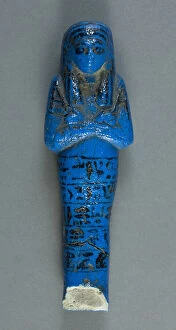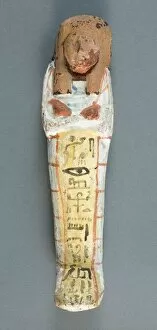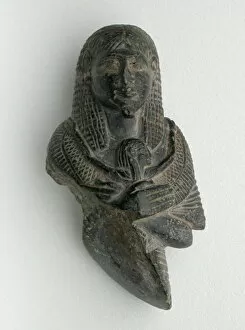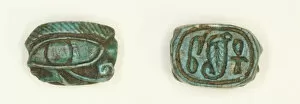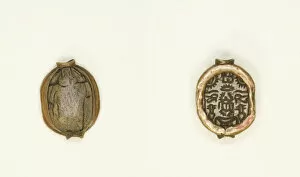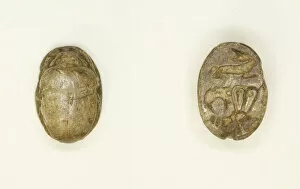Hieroglyph Collection (#6)
"Hieroglyphs: Unlocking the Secrets of Ancient Egypt's Visual Language" Step into the captivating world of ancient Egyptian art
For sale as Licensed Images
Choose your image, Select your licence and Download the media
"Hieroglyphs: Unlocking the Secrets of Ancient Egypt's Visual Language" Step into the captivating world of ancient Egyptian art, where hieroglyphs tell stories that have withstood the test of time. In a relief depicting Akhenaten, Nefertiti, and their three children, we witness a glimpse into the royal family's life. The intricate details on one of the double doors of Tutankhamun's gilt shrine showcase the goddess Isis in all her glory. Travel to Memphis and encounter a mesmerizing relief featuring Goddess Nephthys, exuding power and grace. Explore the Temple of Hathor in Dendera, where stunning carvings transport you back to an era filled with devotion and spirituality. Marvel at Ramses III alongside Khepresh in his temple dedicated to him. The grandeur is unmatched as you stand before this architectural masterpiece. Journey to Kom Ombo near Aswan and immerse yourself in its ancient beauty—a testament to Egypt's rich history. Delve deeper into antiquity as you gaze upon Pharaoh Ramses II's pectoral—an exquisite piece from his reign during the 19th Dynasty. Discover reliefs honoring both Isis and Horus within Ramses III's tomb—symbols of divine protection for eternity. The Book of The Dead comes alive through a papyrus depiction showcasing Anubis presiding over souls' weighing—an awe-inspiring scene steeped in mythology. Witness Goddess Hathor offering her necklace to Pharaoh Seth I—a gesture symbolizing eternal prosperity. Finally, admire a chair adorned with royal names—the embodiment of millions of years' worth of spirits intertwined with royalty itself, and are not just symbols; they are gateways connecting us directly to an ancient civilization that continues to captivate our imagination today.



